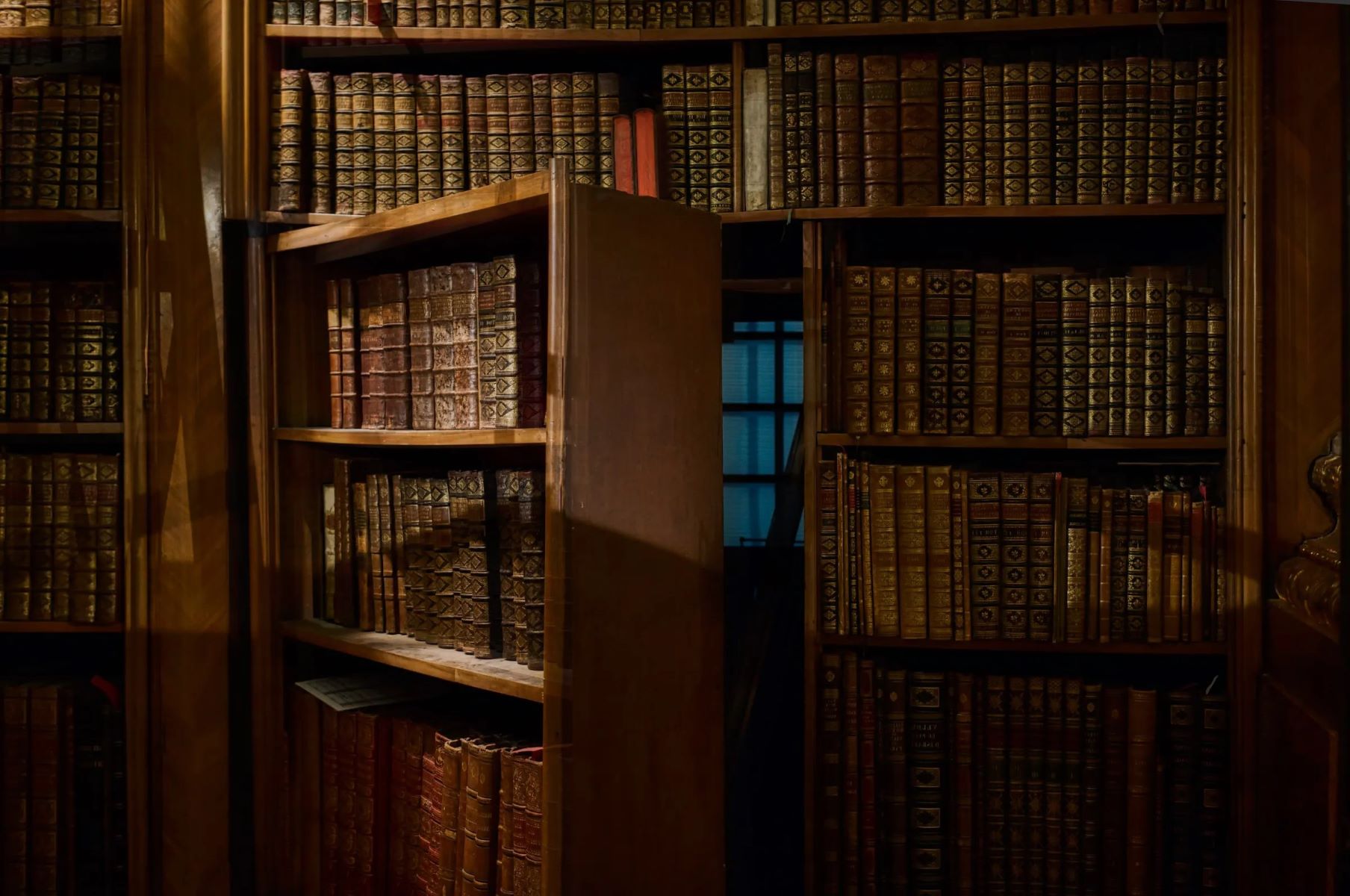
Remez, also known as allegory, is a fascinating concept in literature and religious texts. It involves conveying deeper meanings through symbolic stories or characters. But what exactly is remez? Remez is a Hebrew term meaning "hint" or "suggestion." It’s a method used to uncover hidden messages within a text. This technique is often found in the Bible, where stories and parables carry profound spiritual lessons. Why should you care about remez? Understanding it can enrich your reading experience, revealing layers of meaning you might otherwise miss. Whether you're a student, a teacher, or just curious, learning about remez can open up new ways of thinking and interpreting texts. Ready to dive into 25 intriguing facts about remez? Let’s get started!
Key Takeaways:
- Remez, also known as allegory, is a method of finding hidden meanings in texts. It's used in religious, literary, and even modern contexts to uncover deeper insights and convey complex ideas in an accessible way.
- Allegory has a rich history dating back to ancient civilizations and continues to be a relevant and versatile tool for writers and thinkers today. It adds depth and complexity to narratives, allowing for multiple layers of interpretation.
What is Remez?
Remez, also known as allegory, is a method of interpreting texts by finding hidden or symbolic meanings. This technique is often used in religious and literary contexts to uncover deeper insights.
- Remez is a Hebrew word meaning "hint" or "suggestion."
- Allegory involves using characters, events, or objects to represent abstract ideas or principles.
- This method is commonly used in Jewish exegesis, particularly in the interpretation of the Torah.
- Allegorical interpretation can reveal moral, spiritual, or philosophical meanings beyond the literal text.
- Famous works like John Bunyan's "The Pilgrim's Progress" are classic examples of allegory in literature.
Historical Background of Allegory
Allegory has a rich history, dating back to ancient civilizations. It has been a tool for conveying complex ideas in an accessible way.
- Ancient Greeks used allegory in myths to explain natural phenomena and human behavior.
- Plato's "Allegory of the Cave" is a well-known philosophical allegory exploring human perception and knowledge.
- Early Christian writers like Augustine used allegory to interpret the Bible and explain theological concepts.
- Medieval literature, such as Dante's "Divine Comedy," is filled with allegorical elements representing the soul's journey.
- Renaissance writers continued the tradition, using allegory to critique society and politics.
Remez in Religious Texts
Religious texts often employ remez to convey deeper spiritual truths. This method allows for multiple layers of interpretation.
- The Torah uses remez to hint at hidden meanings within its stories and laws.
- In Christianity, parables told by Jesus are allegorical, teaching moral lessons through simple stories.
- Sufi mystics in Islam use allegory to express complex spiritual ideas and experiences.
- Hindu scriptures like the Bhagavad Gita contain allegorical elements representing the struggle between good and evil.
- Buddhist texts use allegory to illustrate the path to enlightenment and the nature of suffering.
Literary Use of Allegory
Allegory is a powerful literary device that adds depth and complexity to narratives. It allows authors to explore themes in a nuanced way.
- George Orwell's "Animal Farm" is an allegory critiquing totalitarian regimes.
- C.S. Lewis's "The Chronicles of Narnia" series contains Christian allegories about faith and redemption.
- "Moby-Dick" by Herman Melville is often interpreted as an allegory about obsession and the human condition.
- J.R.R. Tolkien's "The Lord of the Rings" has been read as an allegory of World War II and the struggle between good and evil.
- Franz Kafka's "The Metamorphosis" uses allegory to explore themes of alienation and identity.
Modern Interpretations of Allegory
In contemporary times, allegory continues to be a relevant and versatile tool for writers and thinkers.
- Films like "The Matrix" use allegory to discuss reality, freedom, and human consciousness.
- Graphic novels, such as "Maus" by Art Spiegelman, use allegory to depict historical events and personal experiences.
- Environmental literature often employs allegory to highlight the relationship between humans and nature.
- Political cartoons use allegory to comment on current events and social issues.
- Video games, like "Bioshock," incorporate allegorical elements to explore philosophical and ethical questions.
Final Thoughts on Allegory
Allegory, or Remez, is a powerful tool in literature and communication. It allows writers to convey deeper meanings through symbolic figures, actions, or events. This method has been used for centuries, from ancient texts to modern storytelling. By understanding allegory, readers can uncover hidden layers of meaning in their favorite books, movies, and even everyday conversations.
Recognizing allegory helps us appreciate the richness of language and the creativity of authors. It also encourages critical thinking, as we learn to look beyond the surface and explore the underlying messages. Whether you're a student, a literature enthusiast, or just someone who loves a good story, knowing about allegory can enhance your reading experience.
So next time you dive into a book or watch a film, keep an eye out for those deeper meanings. You might be surprised at what you discover!
Frequently Asked Questions
Was this page helpful?
Our commitment to delivering trustworthy and engaging content is at the heart of what we do. Each fact on our site is contributed by real users like you, bringing a wealth of diverse insights and information. To ensure the highest standards of accuracy and reliability, our dedicated editors meticulously review each submission. This process guarantees that the facts we share are not only fascinating but also credible. Trust in our commitment to quality and authenticity as you explore and learn with us.


